When George William Wilton opened his shellfish-mongers close to Haymarket in 1742, he could never have imagined that his business would still be thriving 280 years later. The place has outlived ten monarchs and is as old as Handel’s Messiah. Before visiting, I imagined a typically Hogarthian scene with portly gentlemen in dandruff-flecked suits feasting on potted shrimp and vintage port. Perhaps they had dropped by for a ‘spot of luncheon’ before toddling off to their various clubs at nearby St James’s.
Up until relatively recently you might well have witnessed just such a quintessentially English scene; sadly, the agreeable old buffers who would once have frequented places such as Wiltons no longer exist in quite the same way. Today’s ‘old buffers’ seem neither old nor particularly buffery, having grown up in the 1970s when the concept of ageing slowed down considerably. Nowadays you are just as likely to see a 70-year-old aristo prancing around at Glasto as buying a round at the Garrick.
My fellow diners at Wiltons are a typically international crowd with yellow Porsches parked outside and second chalets in Gstaad. Globalist ‘anywheres’ see places like this as slightly kitsch but vital signifiers of success: the sort of heritage destination where one might take a client over from Frankfurt for the day. When I visited, Chinese tourists and power-haired businesswomen were also much in evidence – in other words the sort of generic high-flyers you’d find at any executive lounge… and not a ruddy cheeked blue-blood among them.
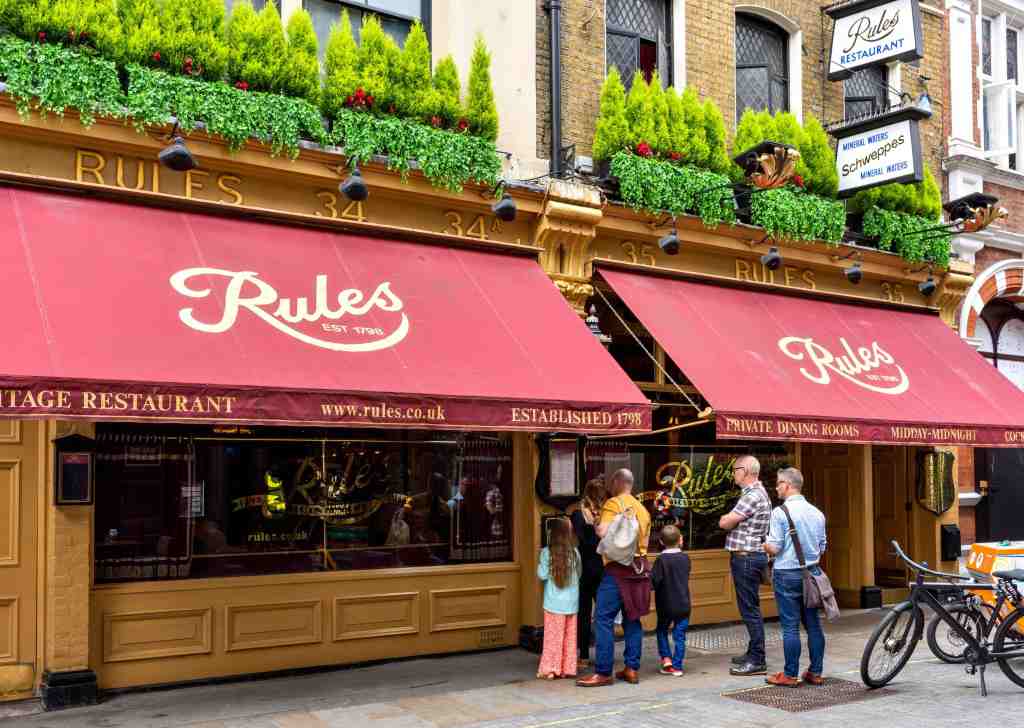
London’s other famous 18th-century survivor, Rules, comes loaded with establishment-chic, including acres of dusty oil paintings and reassuringly creaky shag pile. Thomas Rule opened his Covent Garden oyster bar in 1798 and for anyone visiting today not much has changed. Only three families have taken ownership since its inception and, as at Wiltons, continuity is paramount, with a menu that harks back to a time when steak and kidney pudding and rhubarb crumble were British staples.
In a culinary landscape caught in an arms race of ever more finicky fine dining these old retainers feel almost self-consciously fuddy-duddy. You won’t find a Wiltons lamb chop encircled by artfully drizzled jus or their fillet of cod obscured by gardens of garnish. The chef’s only job is to continue channelling the classics while steering clear of anything that looks or tastes even remotely faddy. It’s the antithesis of Gordon Ramsay-esque showmanship.
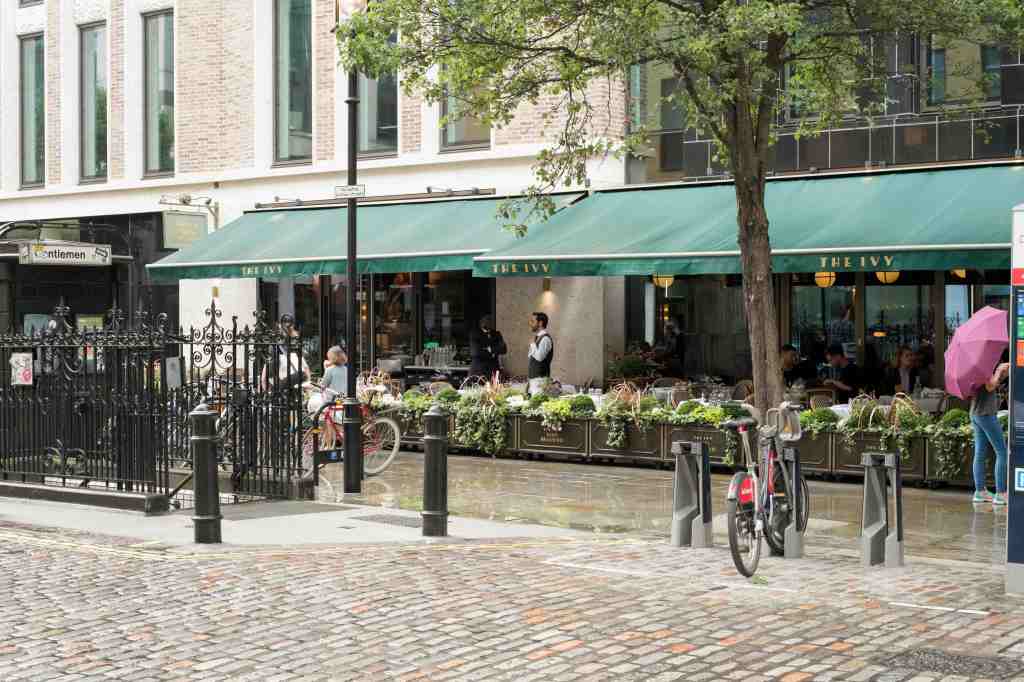
When you’ve been serving up the same grub for 250 years there’s not much left to prove other than to proudly wear your age on your immaculately laundered sleeve. When it comes to London’s ‘heritage’ consumers expect to be given an ‘authentic experience’, but in a city given over to tourism it’s hard to tell where authenticity ends and slick marketing begins. As we’ve seen with the recent coronation, tradition sells and that goes for restaurants too. The venerable Ivy in Soho thrives on the glamour of its illustrious past. Customers are still greeted by a top-hatted gentleman before being ushered into the chic deco dining room, once a second home to movie stars and royalty. My waiter for the evening has been working the tables for 33 years and has plenty of unrepeatable stories, but not everything here is as it seems. The extravagant gold encrusted bar may look like a relic from the roaring 1920s but is in fact a 2015 addition. Starstruck theatregoers flock here for perennial favourites such as crispy duck salad and shepherd’s pie, but some locals worry that since becoming a chain the old haunt may be losing some of its mystique.
No chance of the Quality Chop House in EC1 becoming a chain any time soon, although the current owners are proud to continue dishing out steaks and chops to hungry City types, a tradition dating back to 1869. Elsewhere, Veeraswamy, London’s oldest Indian restaurant, continues to offer surprisingly complex dishes served in the original 1927 premises off Piccadilly. The interior has seen several makeovers since then but you can still sense what it must have been like to be the first to experience the exoticism of the Indian subcontinent when restaurant food up until then had tended to be drab, grey and watery.
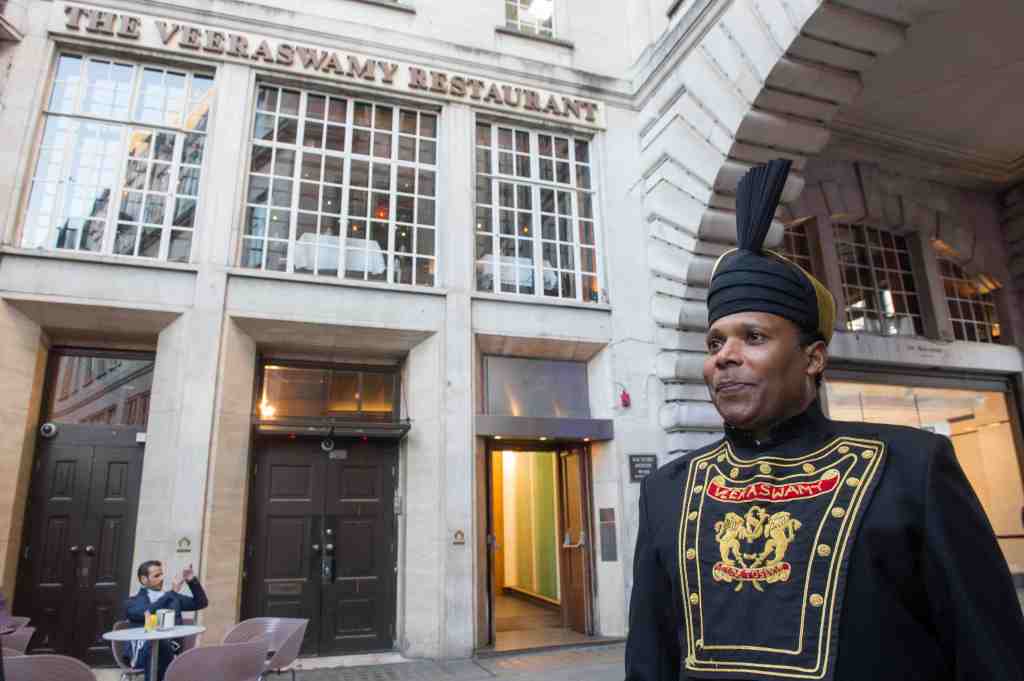
Considering our love of all things French, it’s surprising to discover that Mon Plaisir, London’s oldest French restaurant, has only been around since the 1940s. Remarkably, the original interior of the main dining area remains pretty much intact, including Parisian artwork and some of the original tables and chairs. Before the previous owner died, he made the new incumbent promise not to change a thing. So far the newbies have honoured their predecessors’ wish and I’m told the place has never been busier.
In an industry where novelty is everything and concerns about ethical sourcing, artsy presentation and Insta-hits trump actual food, it’s reassuring to know that there are still ancient eateries out there whose chefs couldn’t give a potted shrimp about fashion – and who continue to thrive as a result.

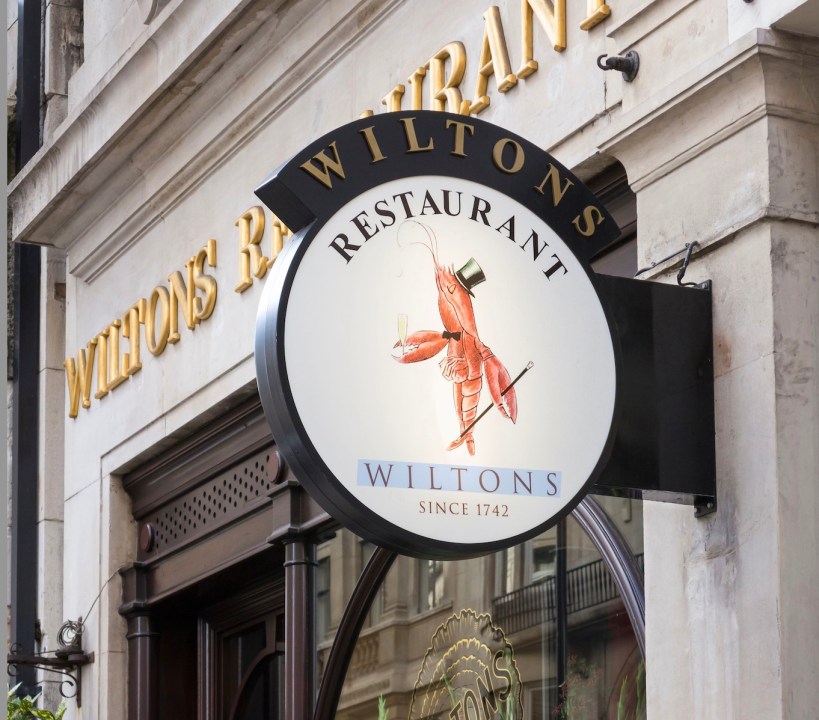
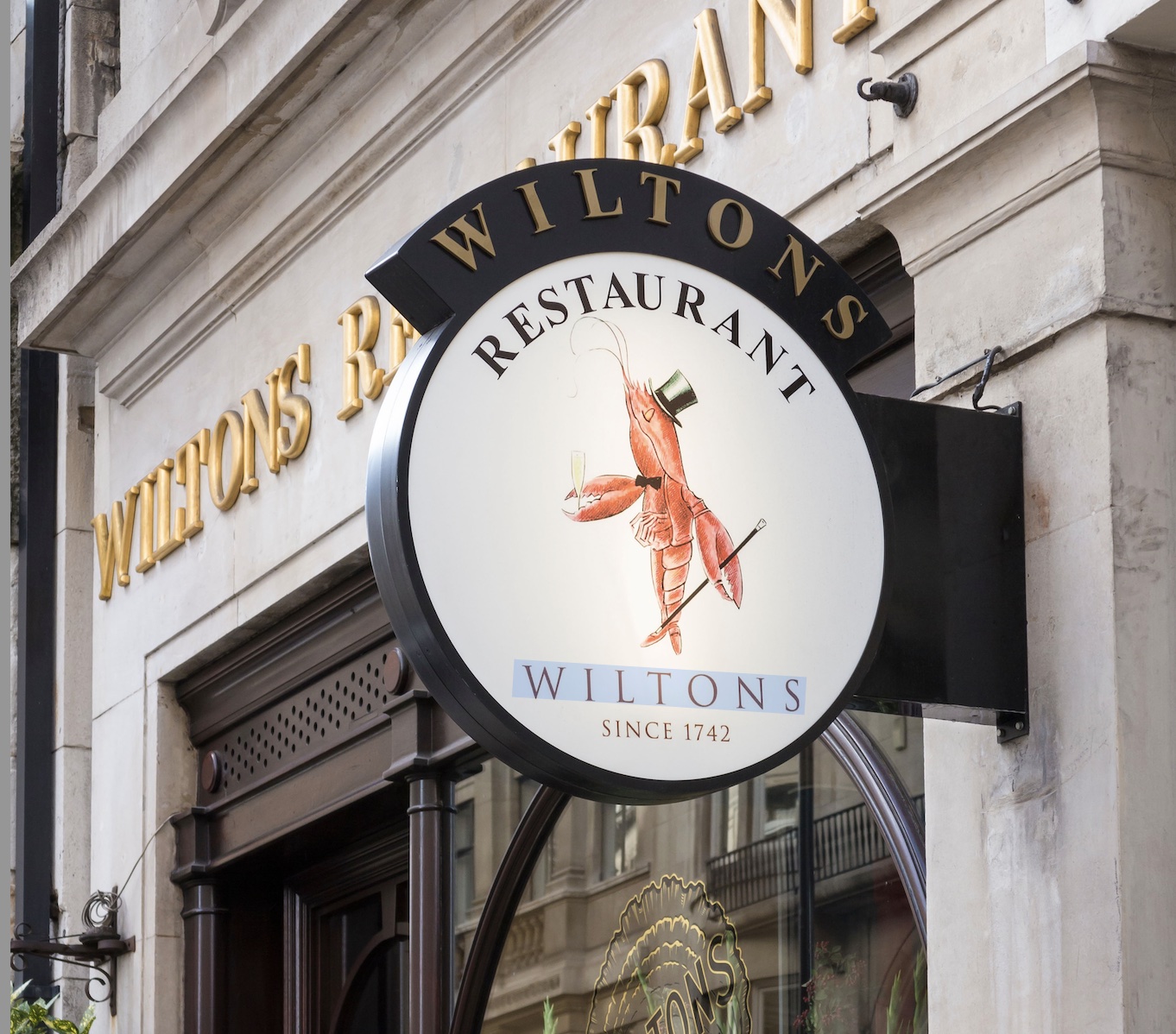




Comments